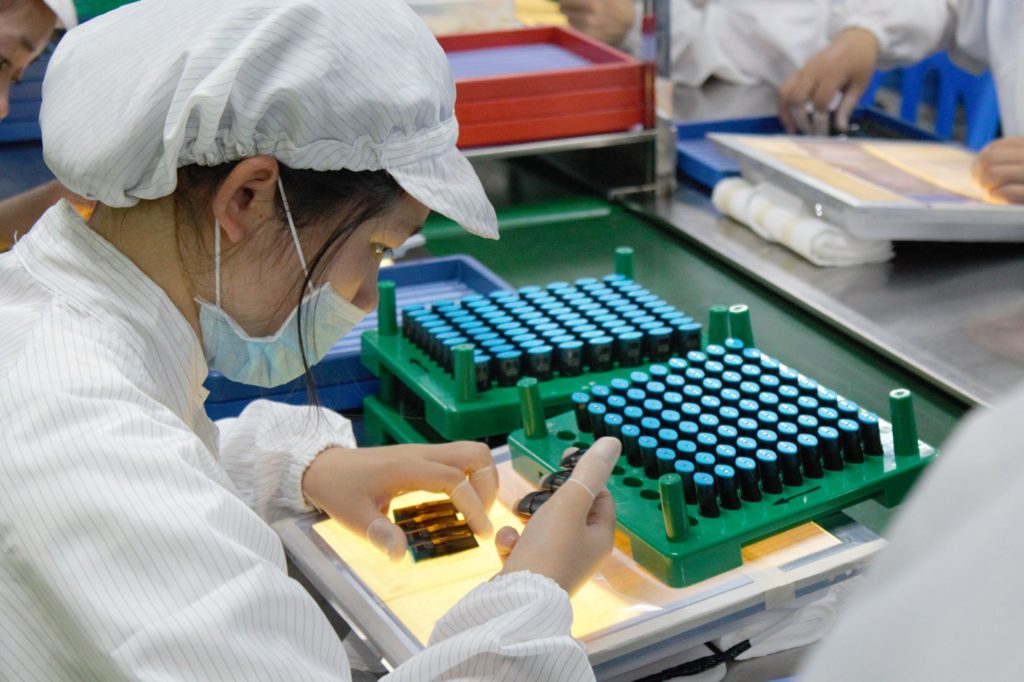
China’s recently announced regulatory framework for e-cigarettes should secure the vapor industry’s future in that country, according to leading players in the business.
On Nov. 26, China’s state council amended the tobacco monopoly law to include vapor products, meaning that, going forward, e-cigarettes will be managed like combustible cigarettes.
With more than 300 million smokers—27 percent of adults—China is the world’s largest tobacco market. It also produces about 90 percent of the world’s e-cigarettes, primarily in the technology manufacturing hub Shenzhen.
The government and the tobacco industry are, essentially, one entity in China, with the State Tobacco Monopoly Administration regulating the industry and China National Tobacco manufacturing tobacco products.
To date, the vapor industry in China has operated in a legal grey area. Regulation had been widely anticipated, but many feared that it would wipe out the sector. The Nov. 26 announcement, however, was welcomed by leading players in the business. Industry representatives say it removes uncertainty and will weed out bad actors.
In background article on the recent news from China, Filter cited Smoore global PR manager Frankie Chen, who expects national mandatory standards to significantly improve product safety and provide global vapers with better products.
“Since the standards set higher requirements for vaping manufacturing, it is expected that only the responsible manufacturer with comprehensive safety management can be compliant,” Chen was quoted as saying.
RLX Technology, too, welcomed the new regulatory framework. “We believe the sector will enter a new era of development—an era marked by enhanced product safety and quality, augmented social responsibilities, and improved intellectual property protection,” said RLX Technology chairperson and CEO Ying Wang at the presentation of the company’s third quarter results.
RLX Technology Chief Financial Officer Chao Lu said the company is well prepared for the new operating environment. “The investments we made in products, talents, research, and compliance in the third quarter and beyond will place us in advantageous positions under the new regulatory paradigm,” he said.












